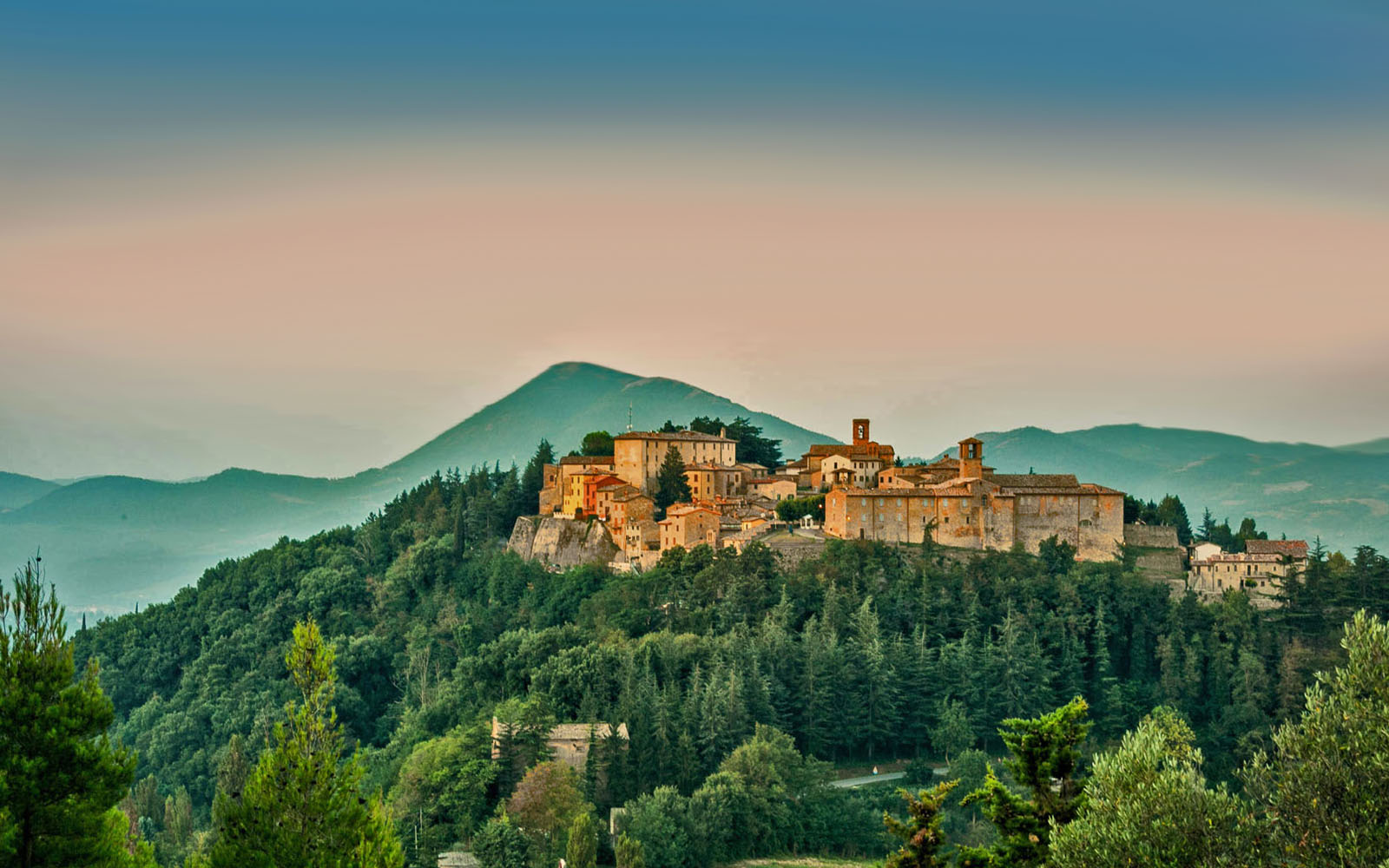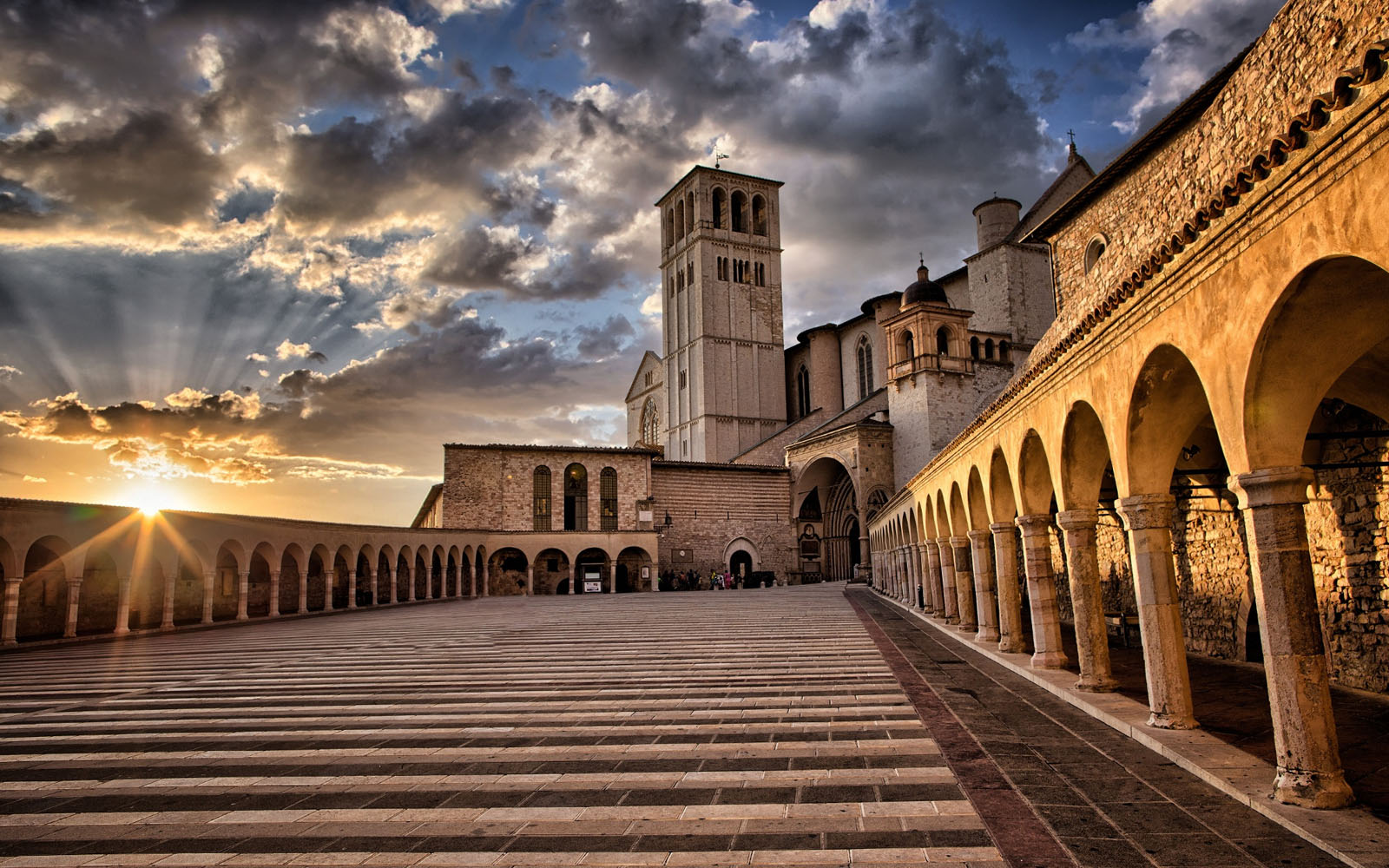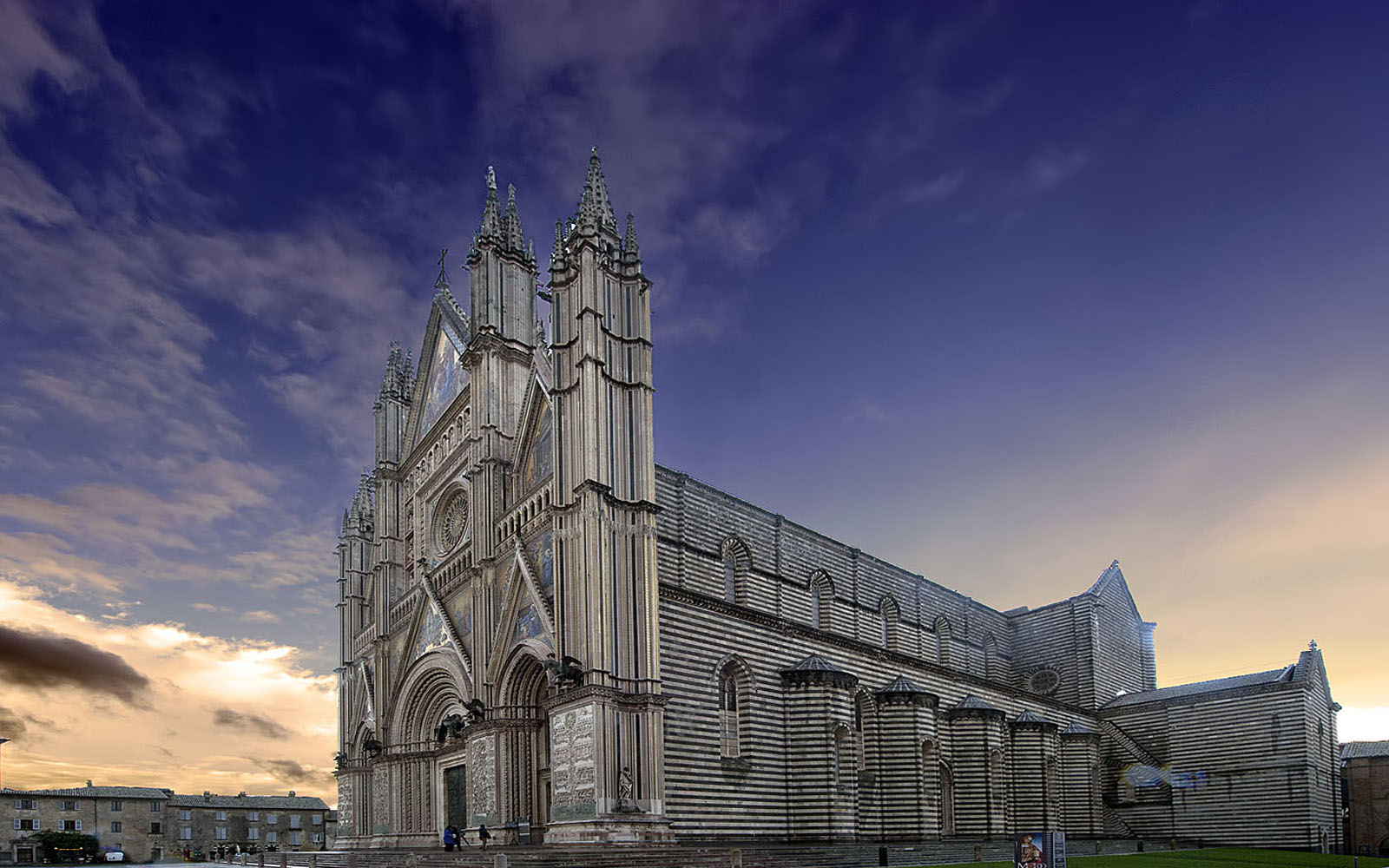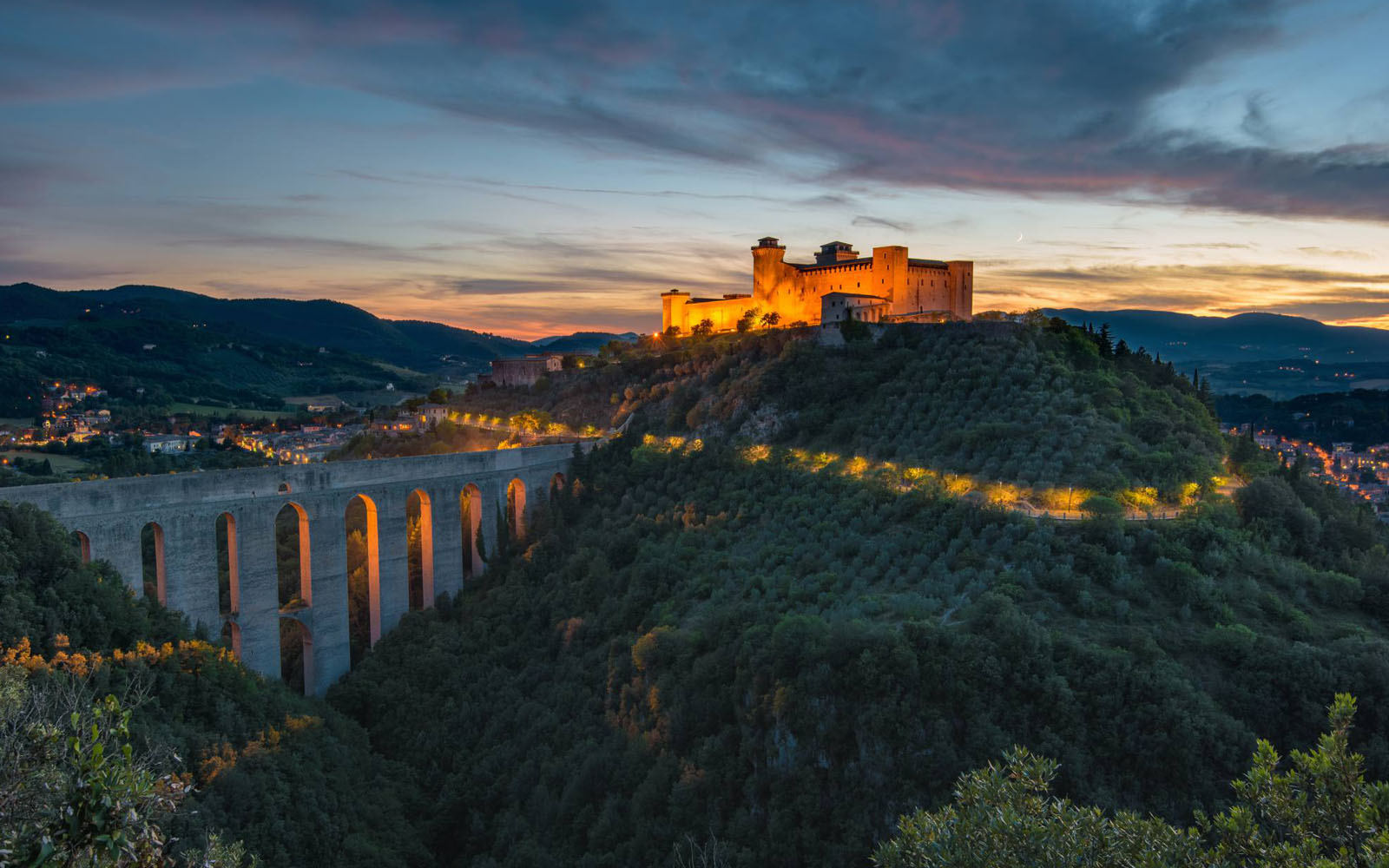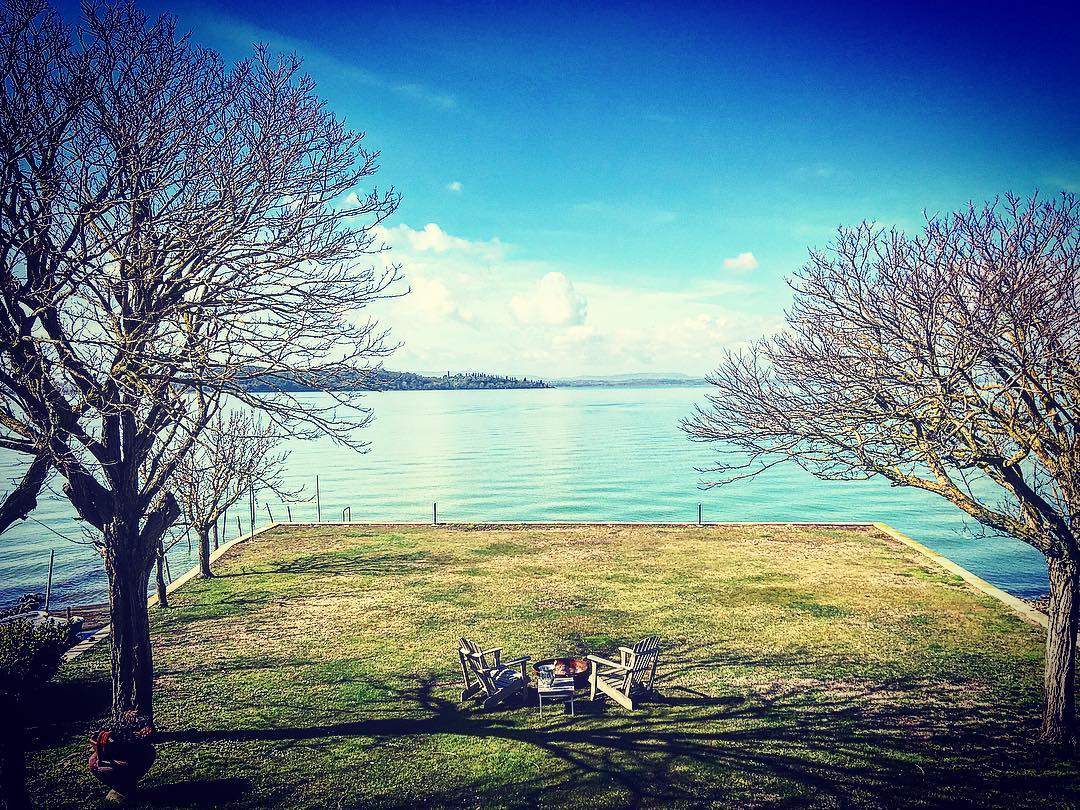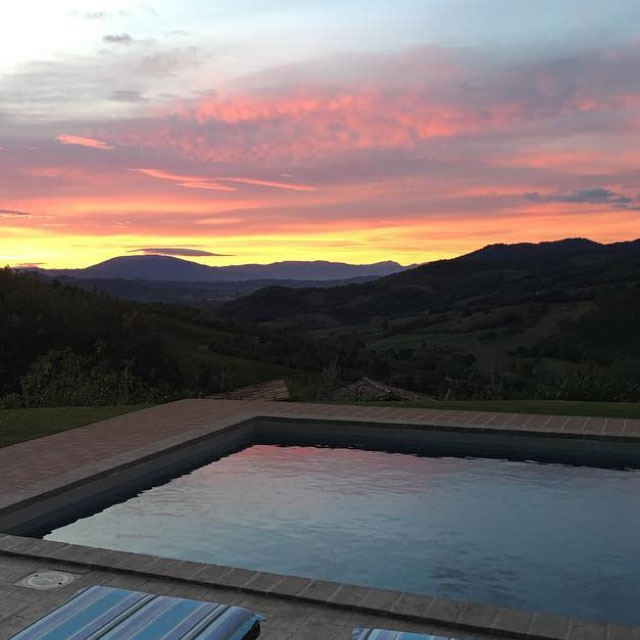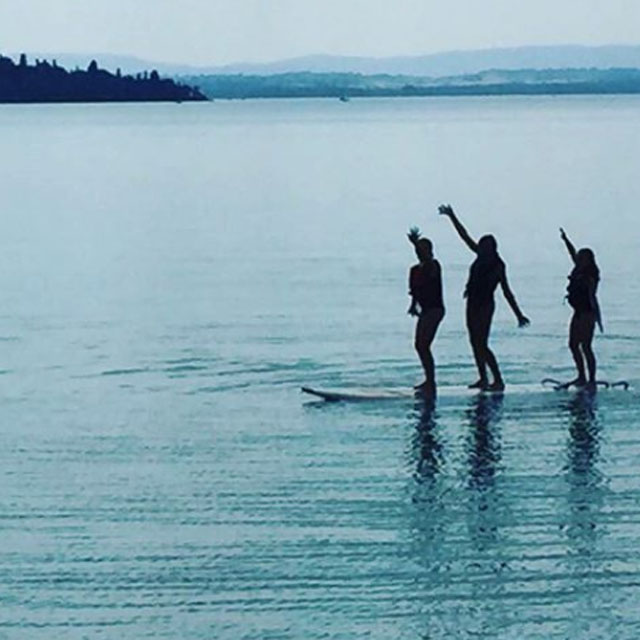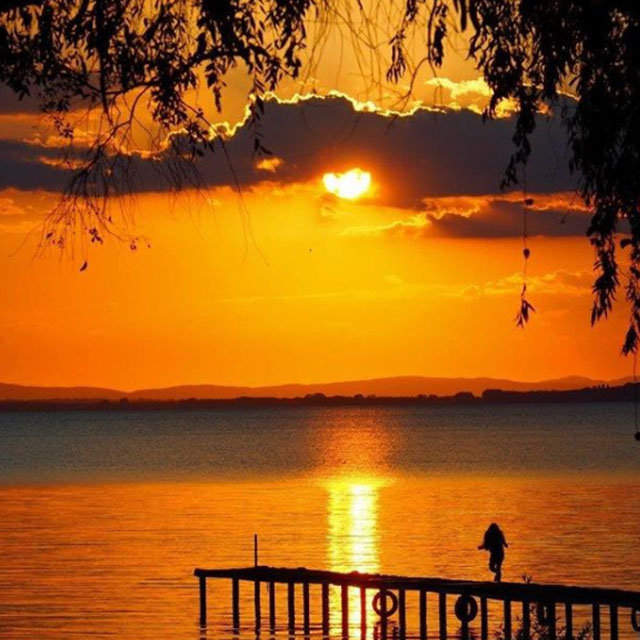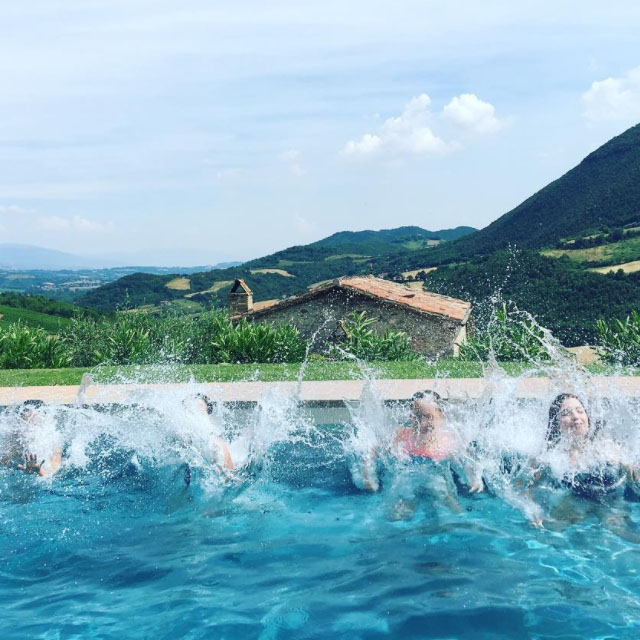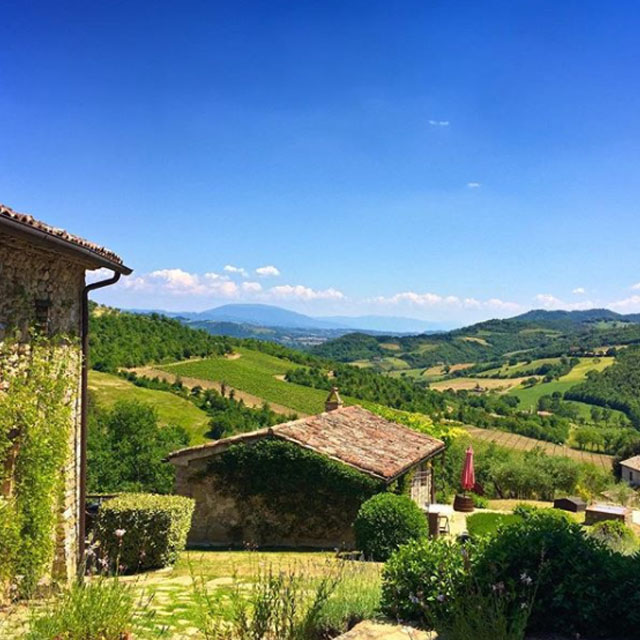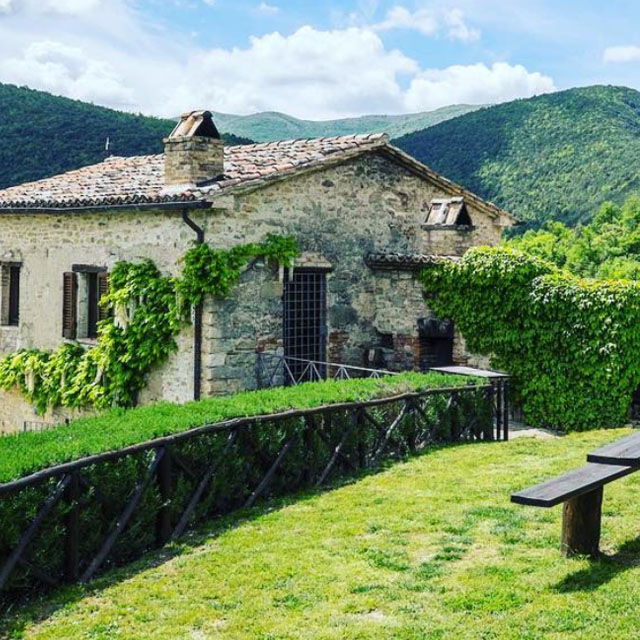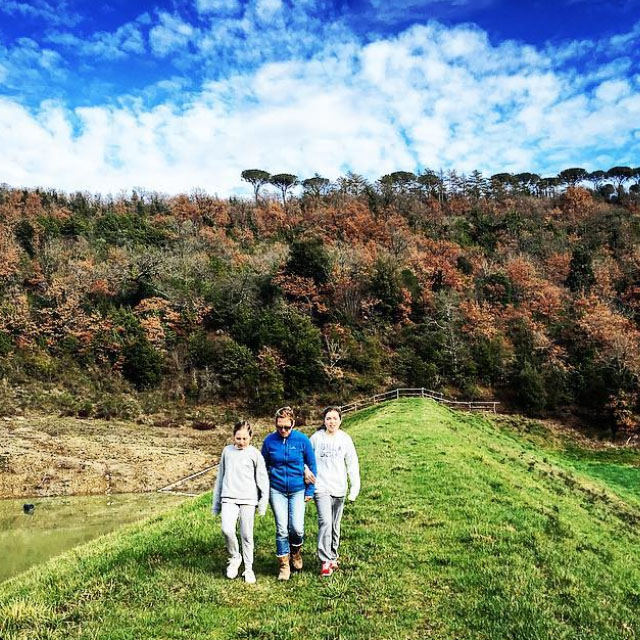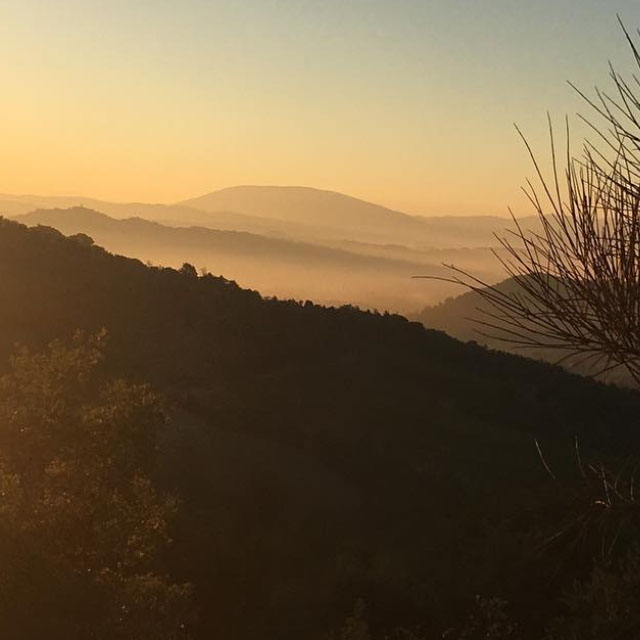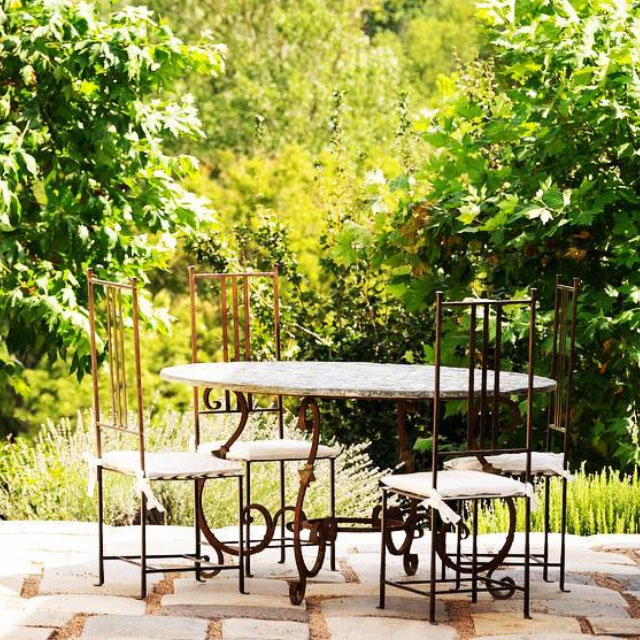Places to visit
Casa San Gabriel offers its guest the opportunity to
explore numerous places of historial importance and beauty. Below is a brief
summary of some of those that can be visited on day trips in both Umbria,
Tuscany and Le Marche.
-
Assisi – (approx 30 mins)
-
Gubbio – (approx 30 mins)
-
Orvieto – (approx 1 hour)
-
Montone – (approx 20 mins)
-
Norcia – (approx 1 1/2 hours )
-
Todi – (approx 45 mins)
-
Perugia – (approx 20mins)
-
Lago Trasimeno – (approx 25 mins)
-
Spello - (approx. 40 min)
-
Spoleto – (approx 45 mins)
-
Arezzo – (approx 1 hour)
-
Cortona – (approx 45 mins)
-
Florence – (approx 1 1/2 hours)
-
Siena – (approx 1 1/2 hours)
-
Pienza – (approx 1 1/2 hours)
-
Val d'Orcia – (approx 1 1/2 hours)

